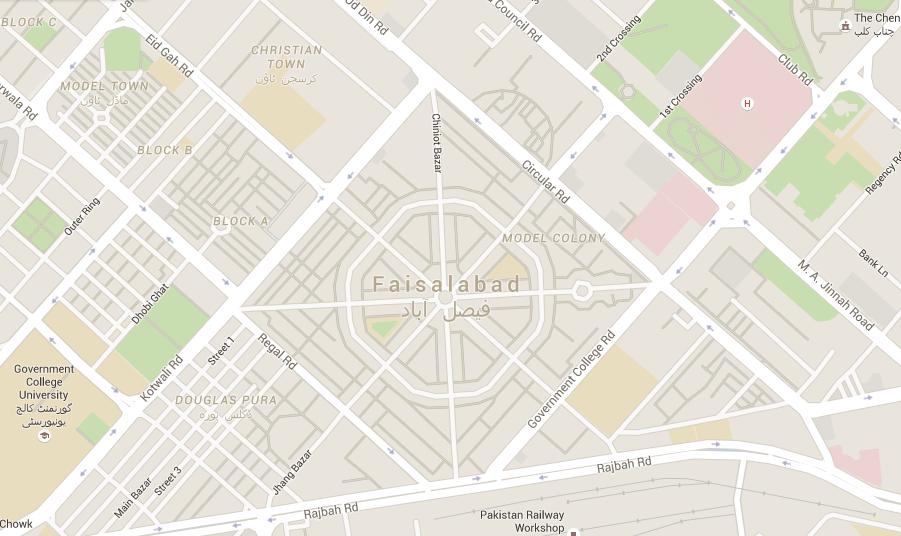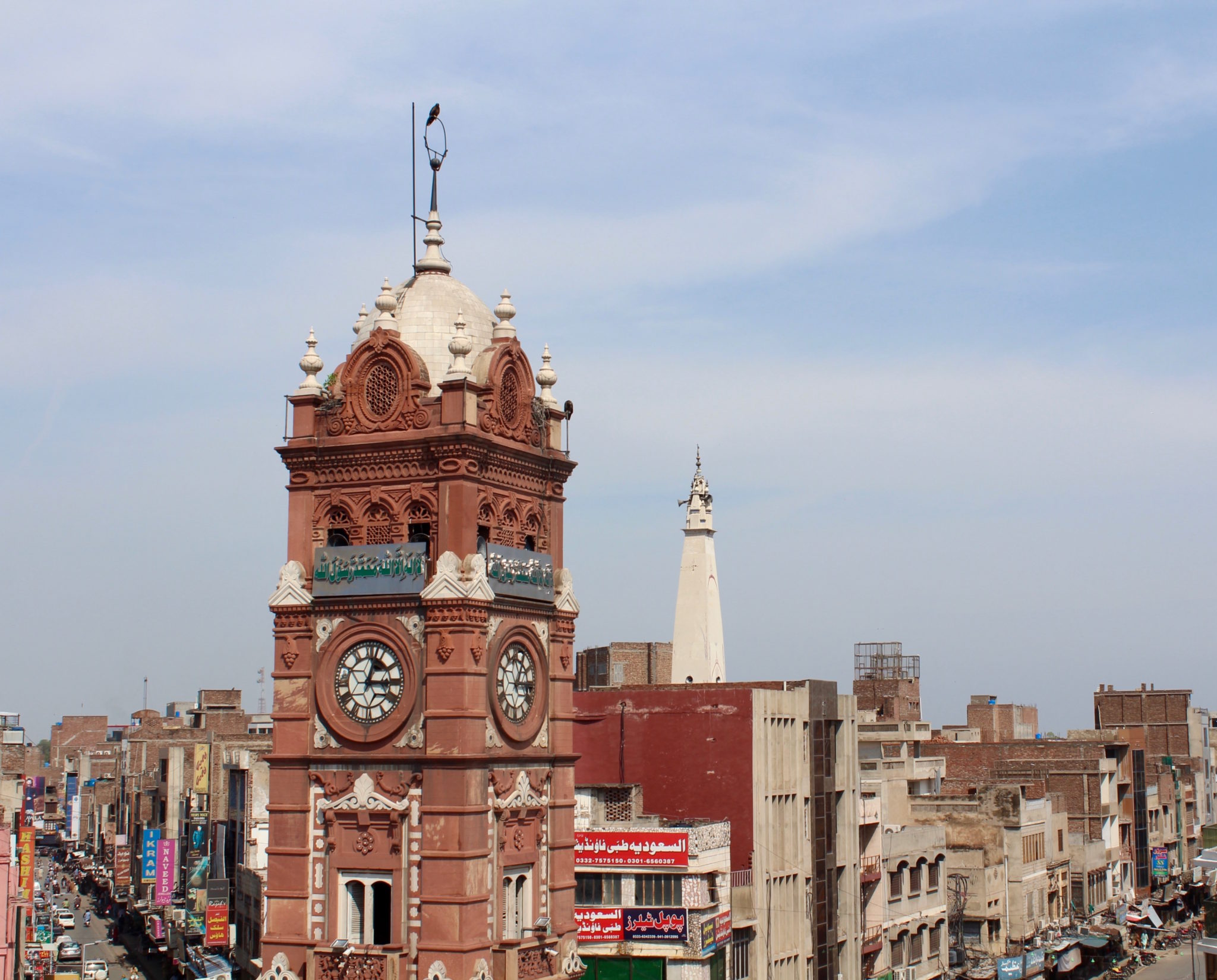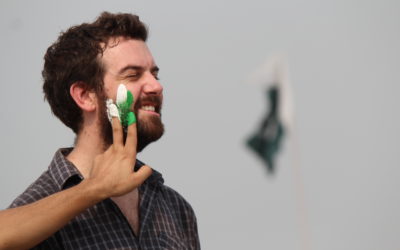Ghanta Ghar: Marking time in Faisalabad
A British friend of mine once told me that they had very mixed feelings about their nation’s history; on the one hand, they felt ashamed of the trails of blood which the dwindling British empire left in its wake. Nevertheless, they couldn’t help but secretly (if with some guilt) admire the grandeur which once was. No doubt, this is a sentiment felt by many around the world – it’s not uncommon to hear an Indian or a Pakistani marvel at “what the British built”, while at the same time railing against the centuries of oppression.
The real modern consequences of the “British Raj” (British rule) are plain to see in Pakistan’s third most populous city Faisalabad. If you haven’t heard of it, that’s not surprising – it’s hardly a tourist hub, with little in the way of attractions.

At the centre of the city stands Ghanta Ghar, the clock tower built by the British over a century ago. Ghanta Ghar is perhaps Faisalabad’s only “tourist sight”, and is something of an icon for the often-ignored city.

When construction on Ghanta Ghar began in 1903, the city was known as Lyallpur, named after the former Lieutenant-General of Punjab, James Broadwood Lyall (‘pur‘ was added to the end to signify a city, a bit like the “ville” in the Australian city “Townsville”). The city map was planned in the shape of the Union Jack, with lines radiating out from the centre. The city grid today has hardly changed – see the Google Map below.

(Image: Google Maps)
At the centre of the Union Jack stands Ghanta Ghar, in all its colonial glory, rising monolithically from the sweaty sprawl of a standard-issue subcontinental metropolis. It still tells the time, and like so many other buildings in Pakistan or India, has been so absorbed into the local culture that its Britishness now seems almost incidental.

And as for the name? Lyallpur was renamed Faisalabad in 1979, after King Faisal of Saudi Arabia who contributed to Pakistan during the 1960s and 1970s, and was assassinated in 1975 (the Persian ‘abad‘ was added to signify a city, replacing the Sanskrit – and therefore Indian-associated – ‘pur‘ suffix).
Have you visited a relic of the British Empire? What was it, and where? Comment below!






wow. Planned in the shape of the Union Jack? Seriously! just goes to show how far colonialism will go!
Yeah, seriously!!